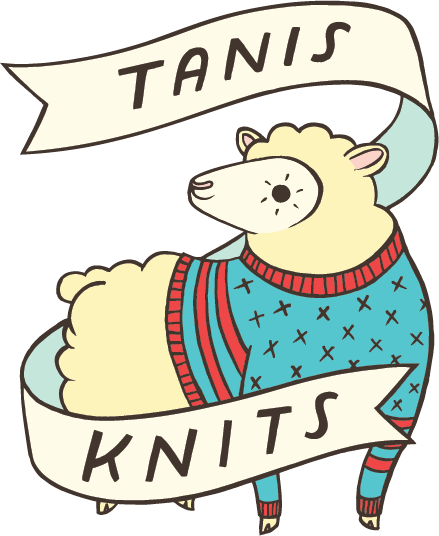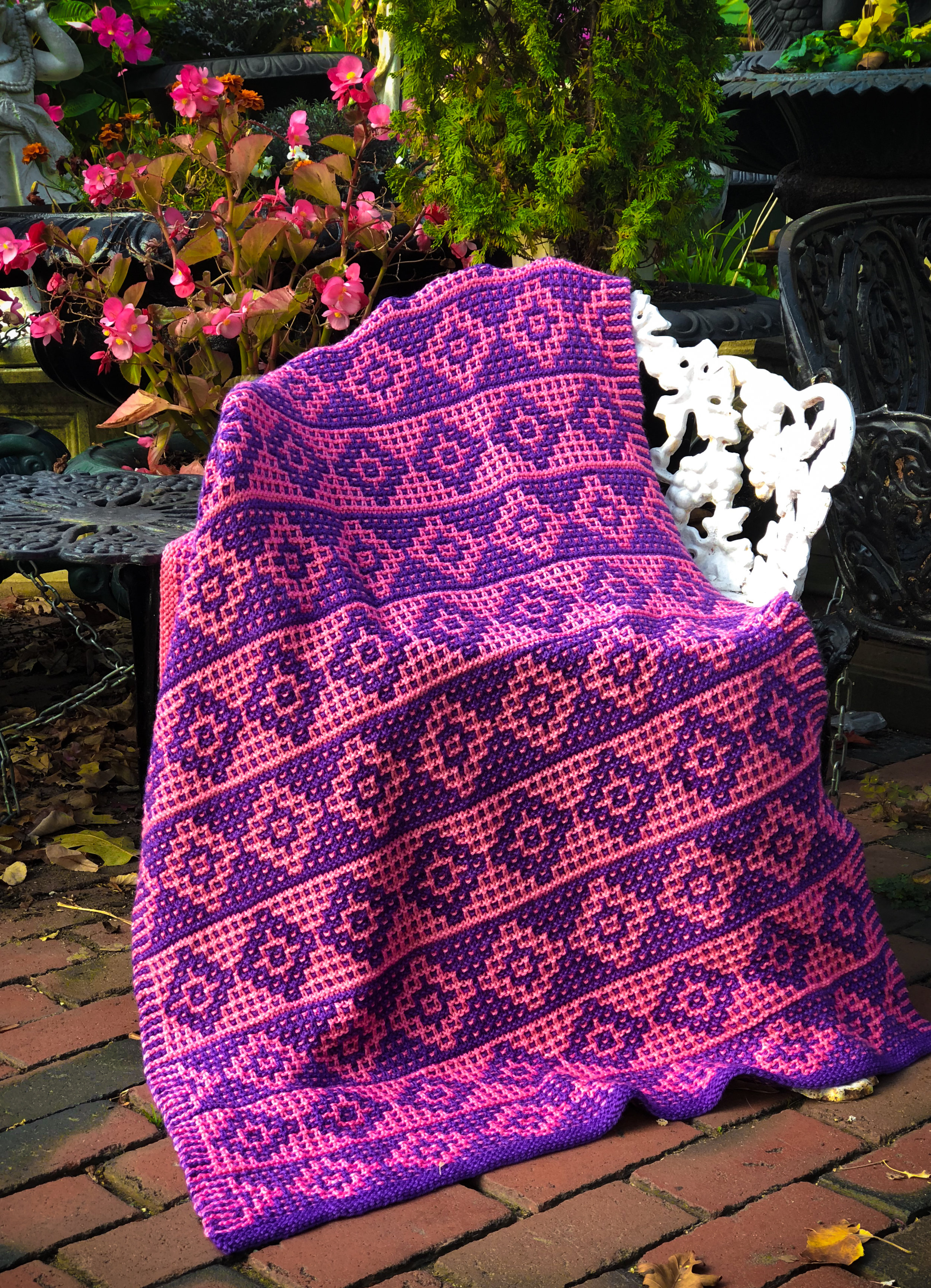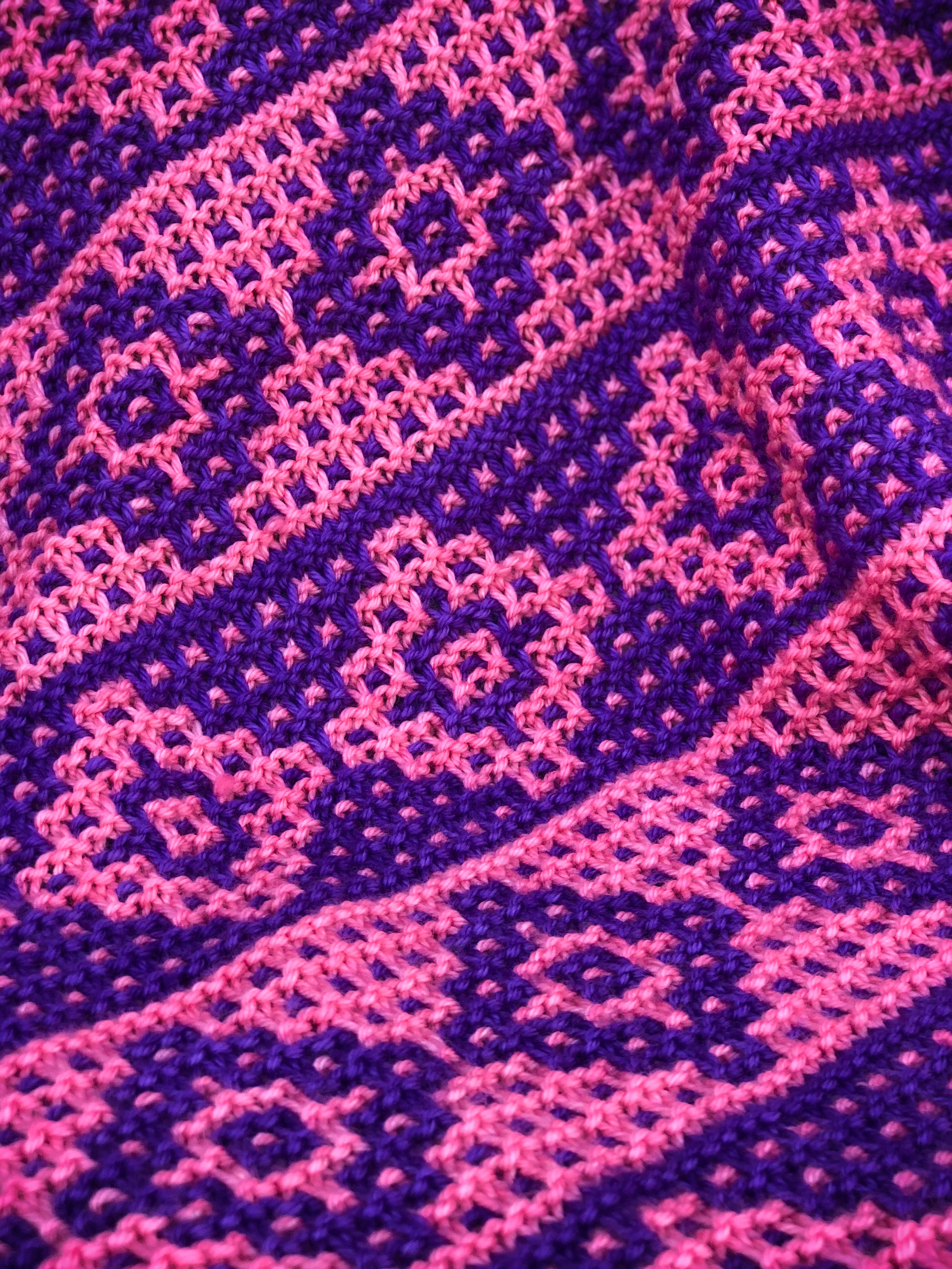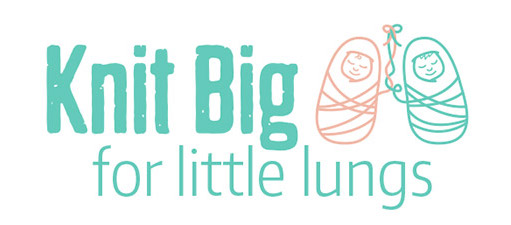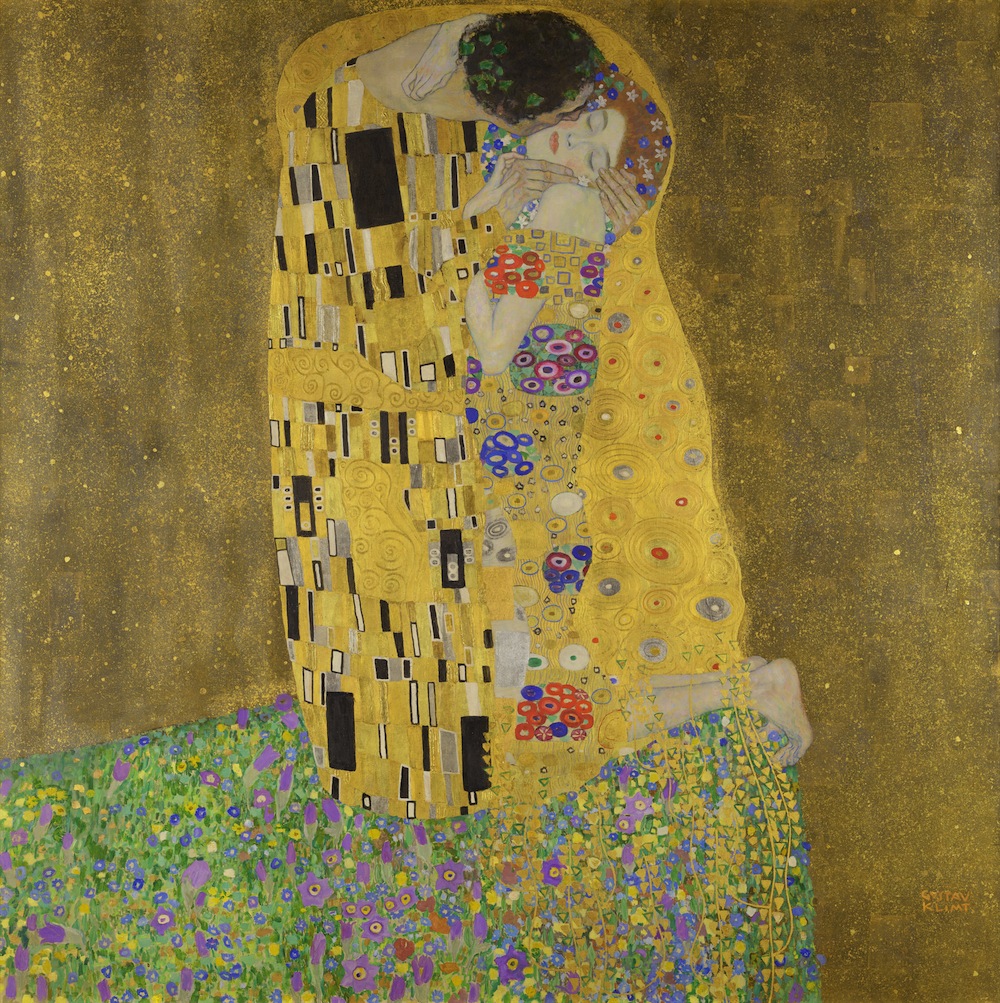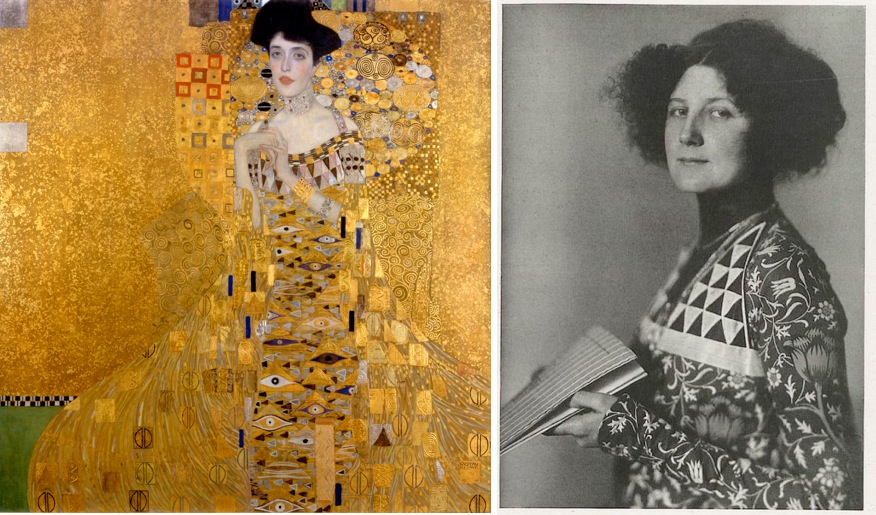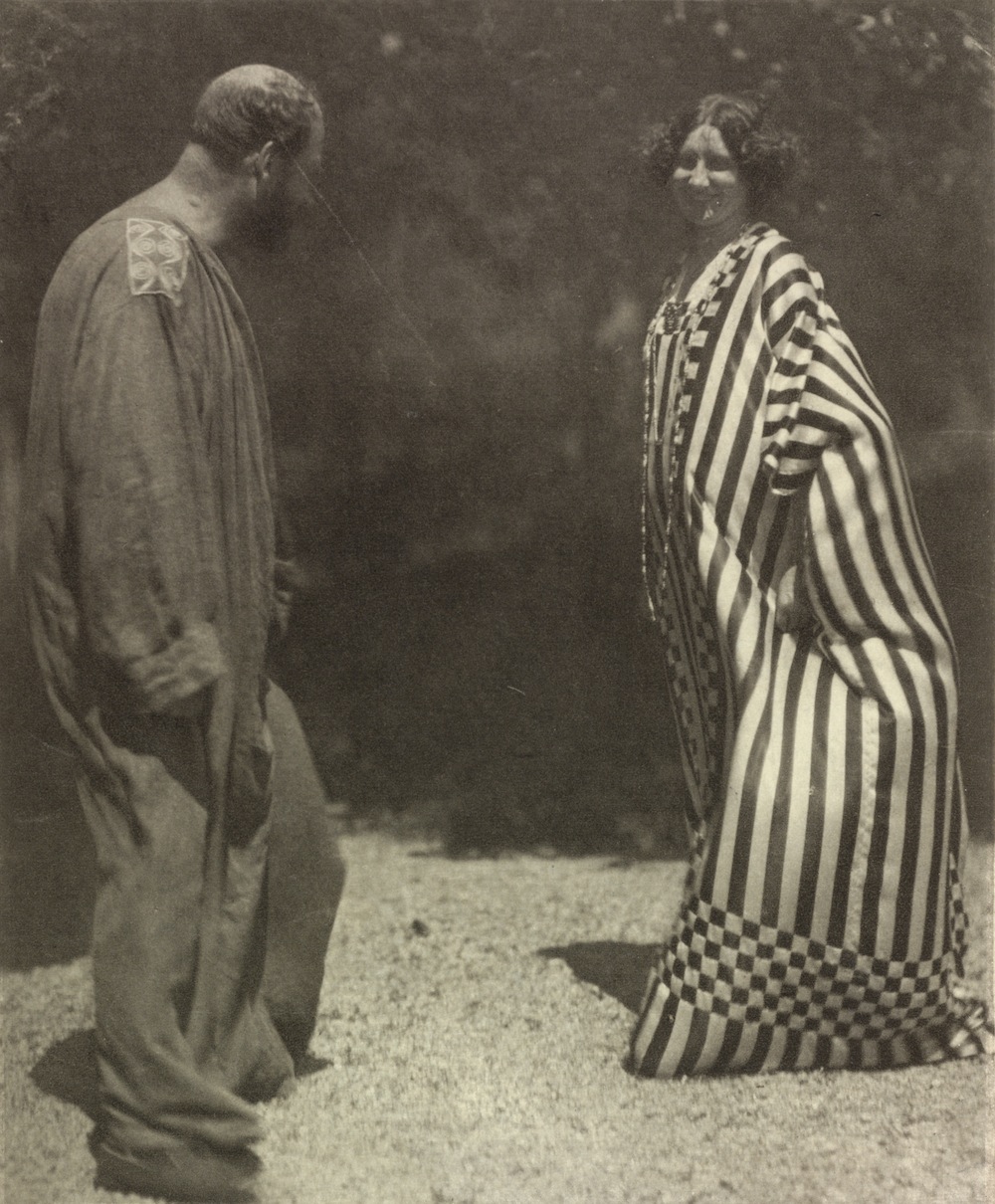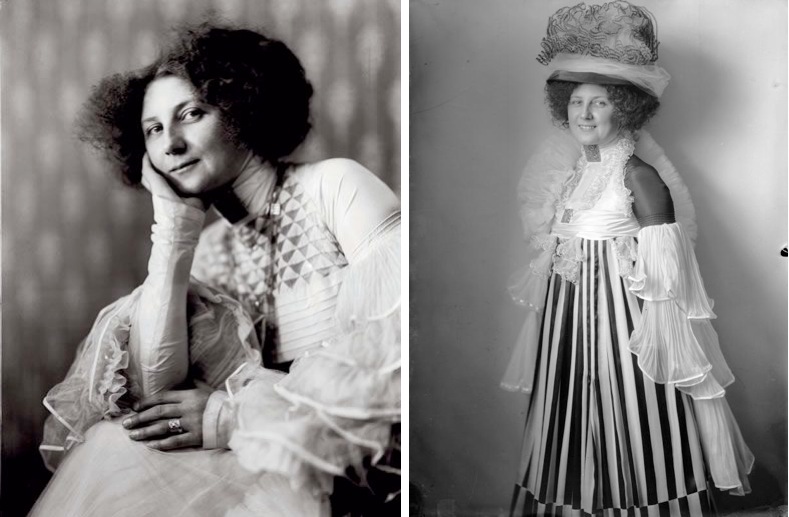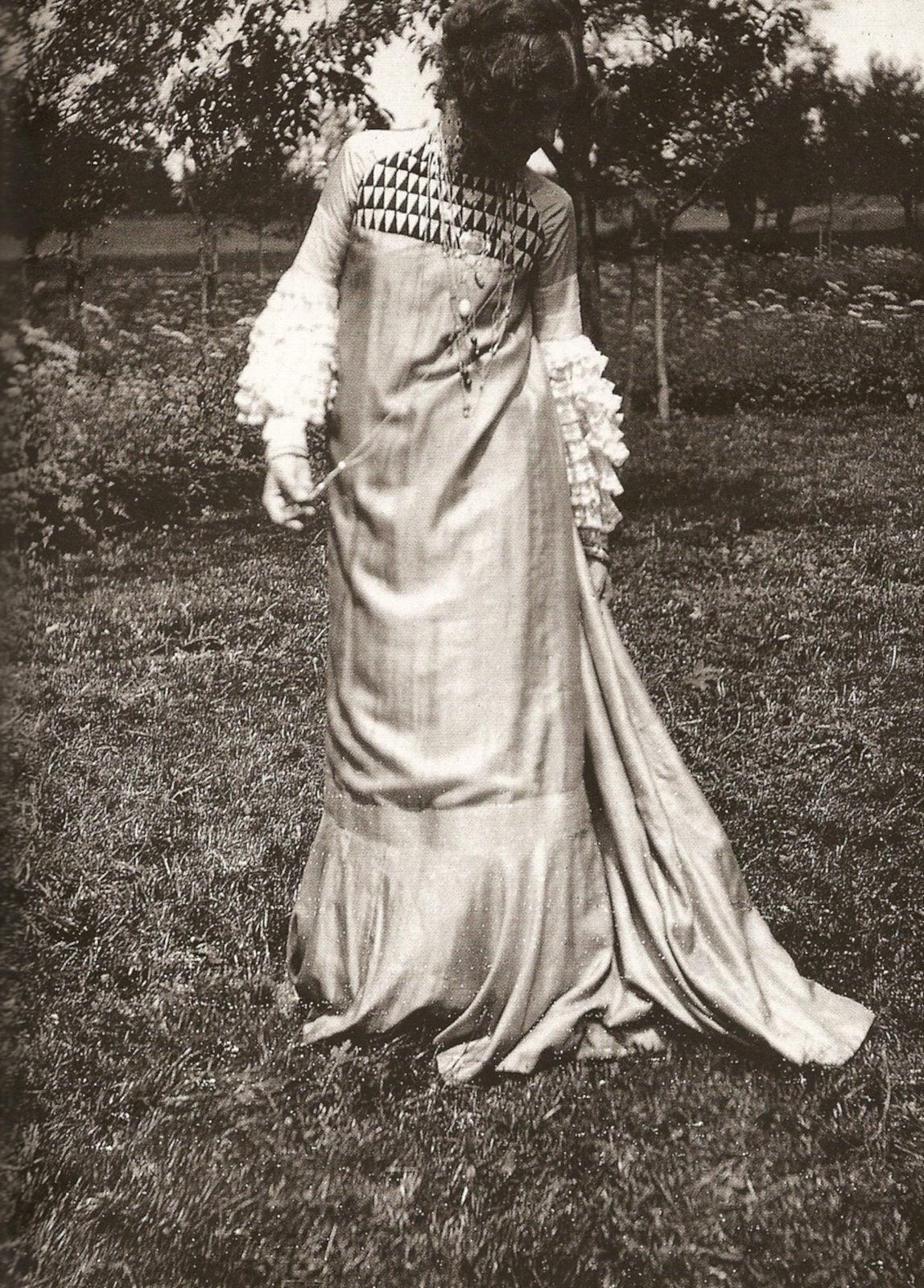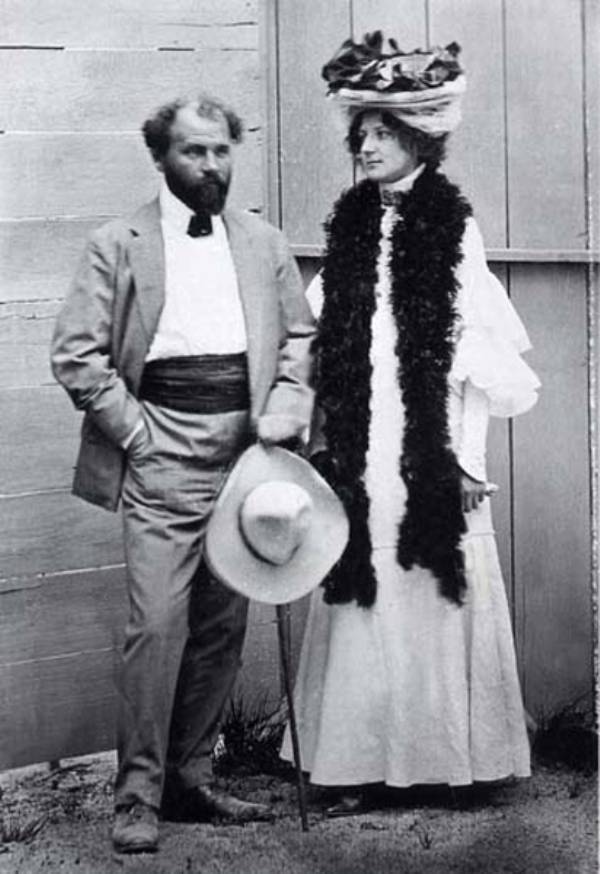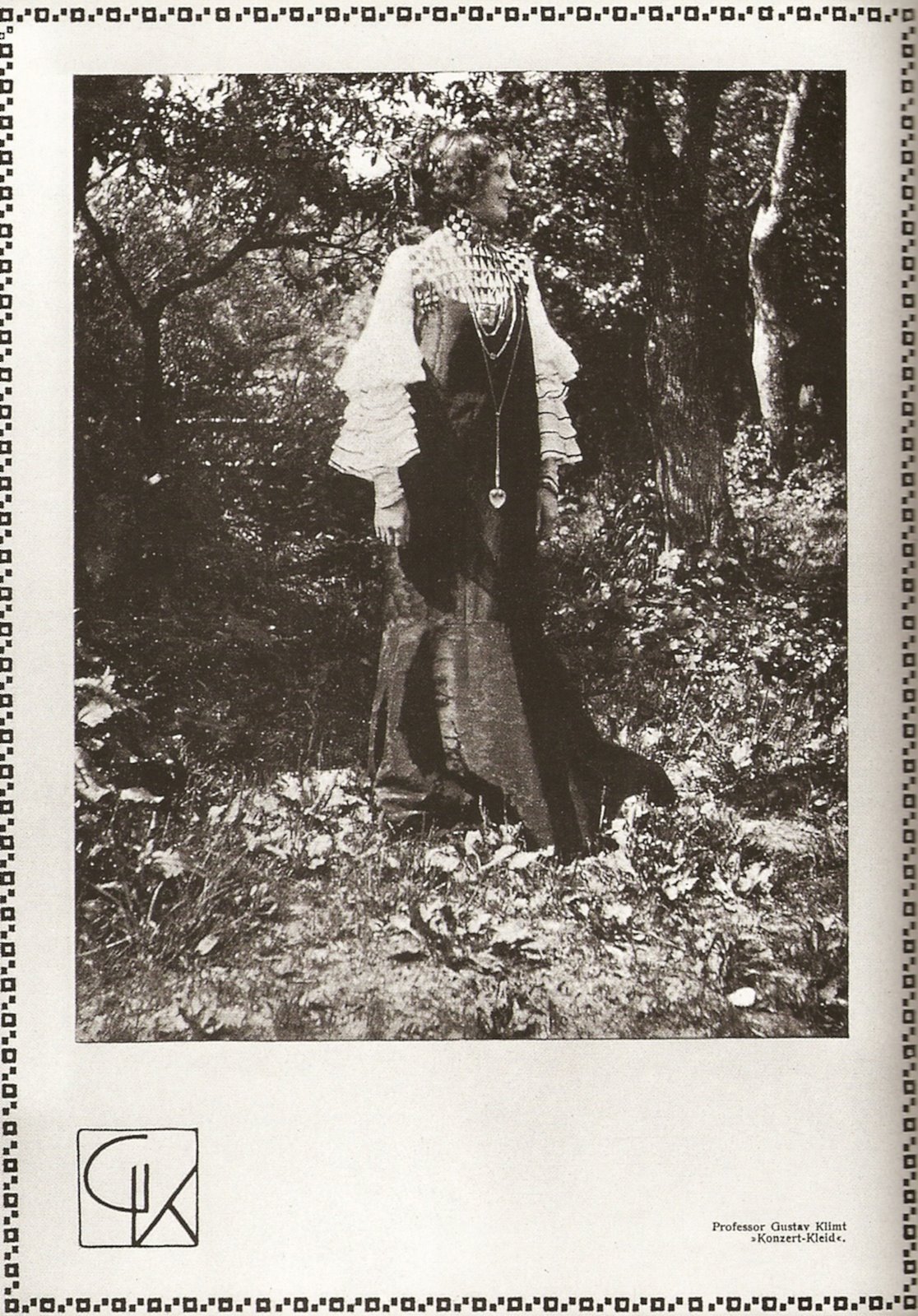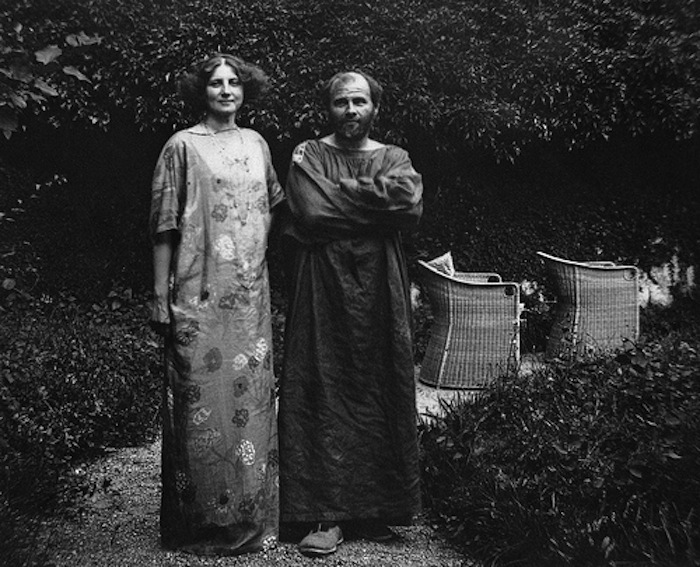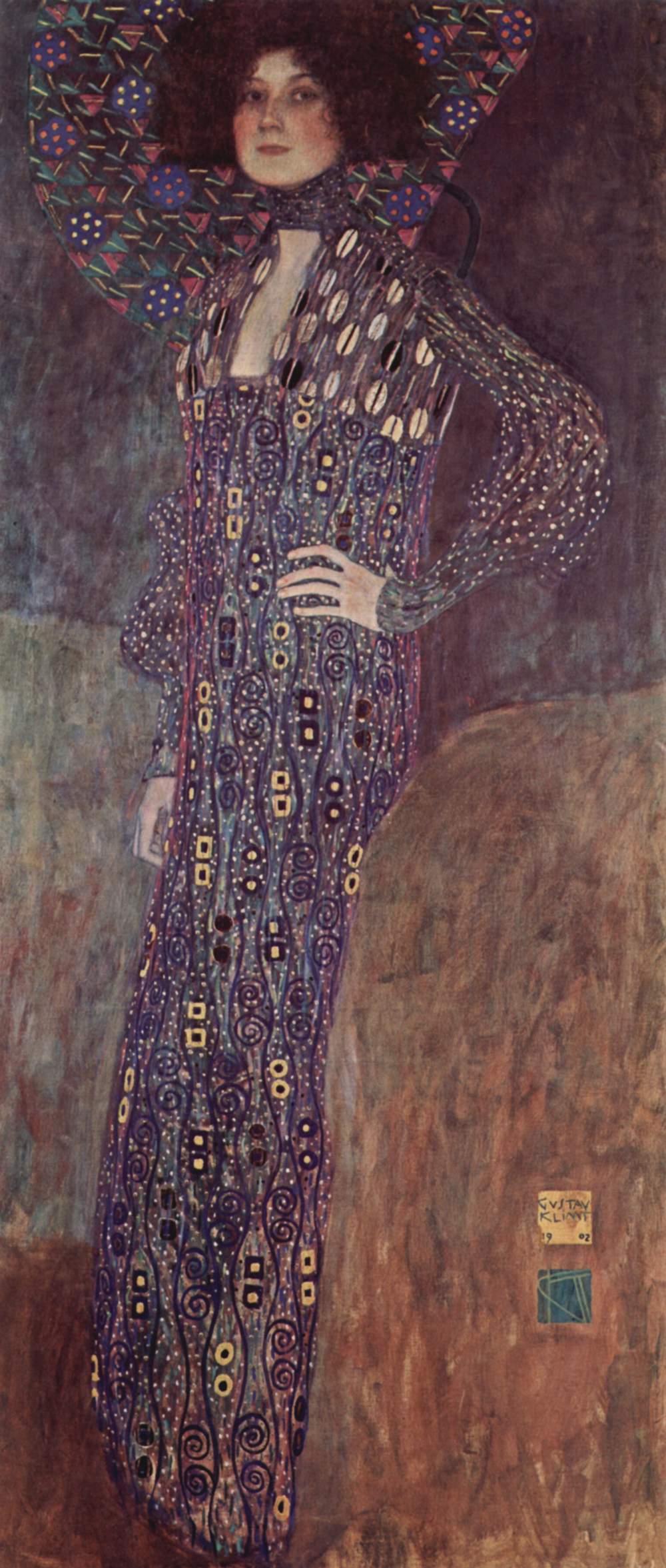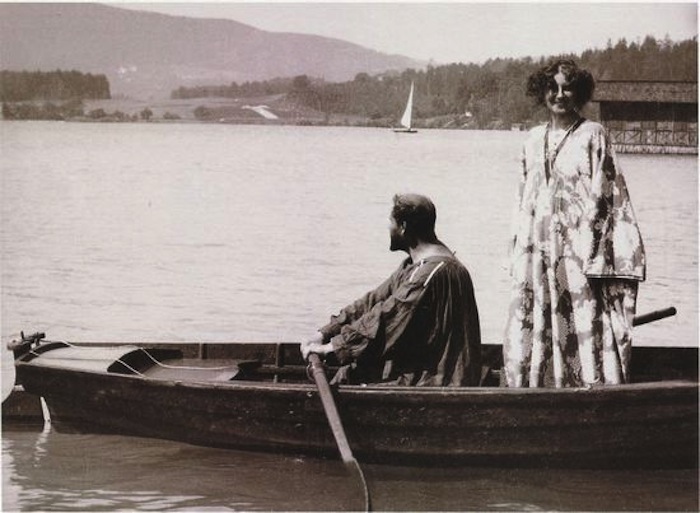Frosted Lucky Charms? They're magically delicious!

Lucky Charms have always had a place in my life. As a child, my brother and I were allowed to pick a "birthday cereal" - a box of cereal that the birthday girl or boy would choose and not have to share with anyone else in the house. If that wasn't special enough, it was our one chance a year to get the cereal that had the highest sugar content possible without a peep from mom or dad, eat it at the table while smirking at the sibling who was not allowed to touch said birthday cereal, make it last for weeks - often to the point where it was stale because we just didn't want that magic to end - run off to school with an epic sugar high, then wait for our birthday to roll around again and repeat the cycle. The short-lived Rainbow Brite cereal was my all-time favorite, yet most of the time, in the supermarket on my birthday I reached for that box of Lucky Charms.
My husband also grew up loving Lucky Charms (he still does), and we often find ourselves at Costco, him putting the giant double box of Lucky Charms in the cart, me complaining that it takes up too much room, he pretending that he's buying it for our son (who also loves it), followed by weeks of me picking up discarded dishes of plain cereal around the house, picked clean of the Technicolor marshmallows that are peppered in with the boring oats. My BFF Heather from The Lemonade Shop also loves this particular cereal, so apparently it's a national phenomenon.
While discussing Lucky Charms one day, Heather and I came up with the idea for a Lucky Charms-inspired hat. Enter in the Magically Delicious Hat, a slouchy hat bedecked with Fair Isle marshmallow motifs inspired by the cereal we all know and love in a riot of color - make that a SPARKLY riot of color. That's right, not only is it magically delicious and rainbowtastic, this little beauty sparkles thanks to The Lemonade Shop's Sparkle DK yarn in snow, bunny nose, pumpkin, duckling, grasshopper, sailor, and grapeape colorways.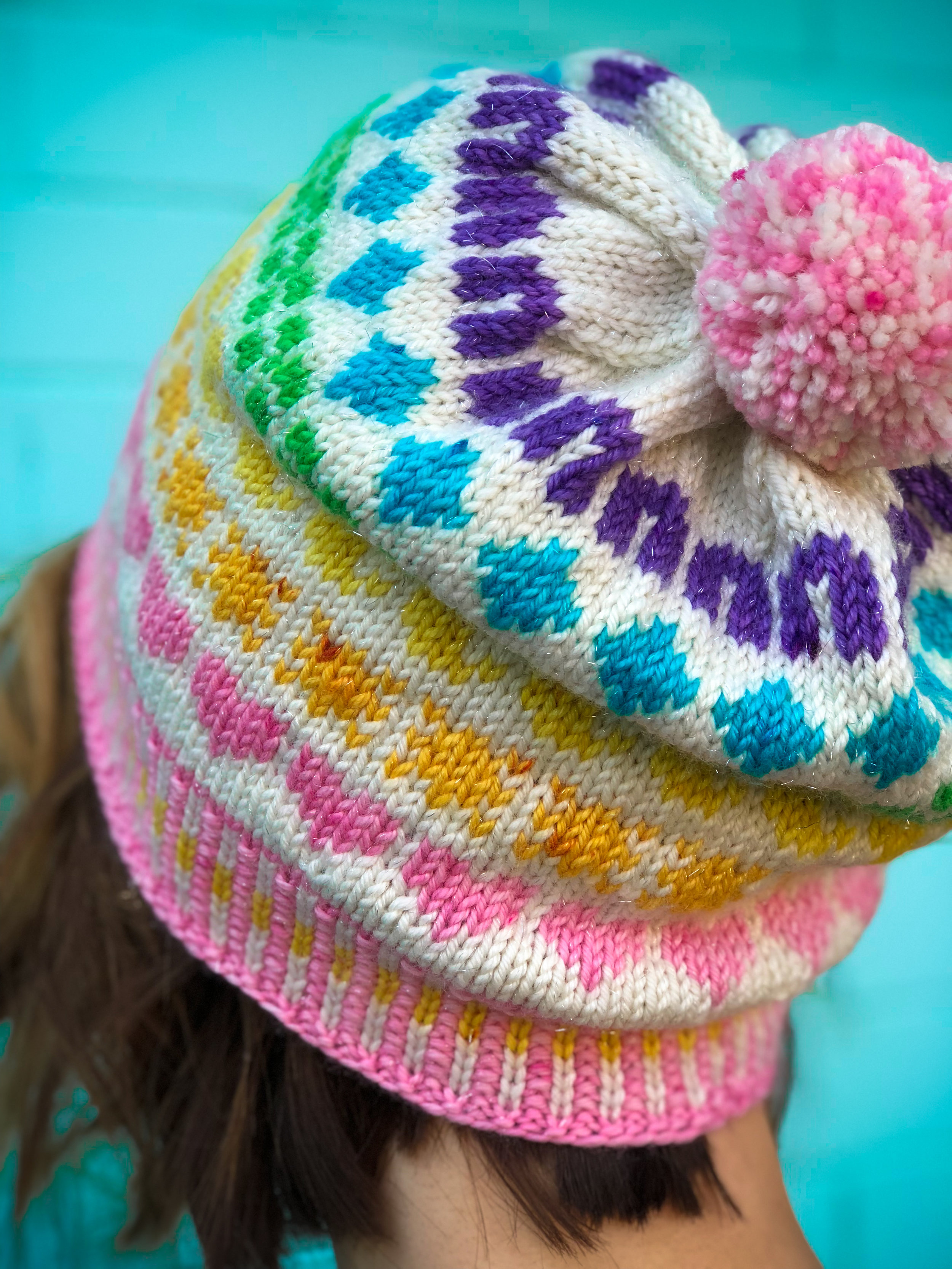
Knit up on US 4 (3.5mm) circular needles, the corrugated ribbed brim jumps quickly into pink heart, orange star, yellow moon, green clover, blue diamond, and purple lucky horseshoe marshmallow motifs. Topped of with a jaunty pom-pom, this hat makes you a member of a secret society that proudly proclaims our love for Lucky Charms. The stranded colorwork chart is easy and is a perfect beginner Fair Isle project or holiday gift for your fellow cereal lovers. Did I mention that it sparkles?
If you find yourself at Rhinebeck's Sheep & Wool Festival in New York this weekend, be sure to check out the unofficial start of the festivities at Indie Untangled on Friday night. This excellent gathering of indie dyers includes The Lemonade Shop and she'll have exclusive Rhinebeck-only kits to make your very own Magically Delicious Hat!
Pour yourself a bowl of Lucky Charms and download the Magically Delicious Hat here.
